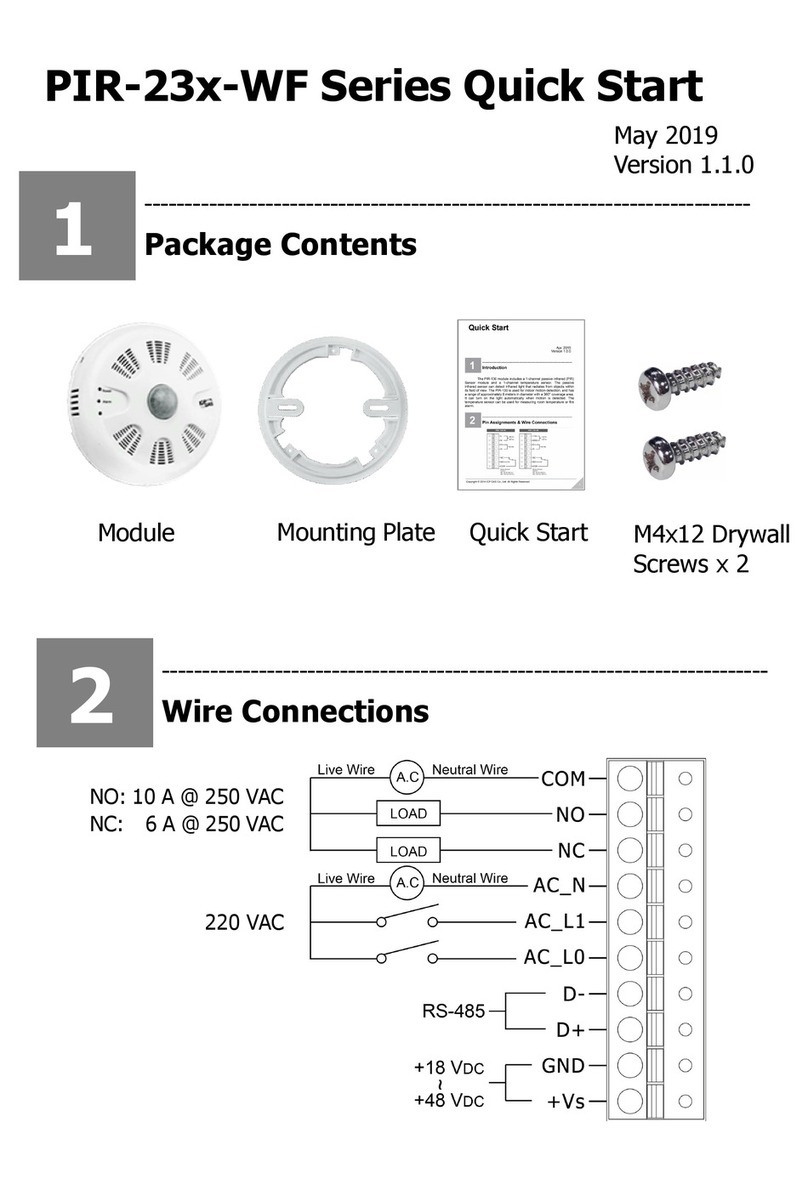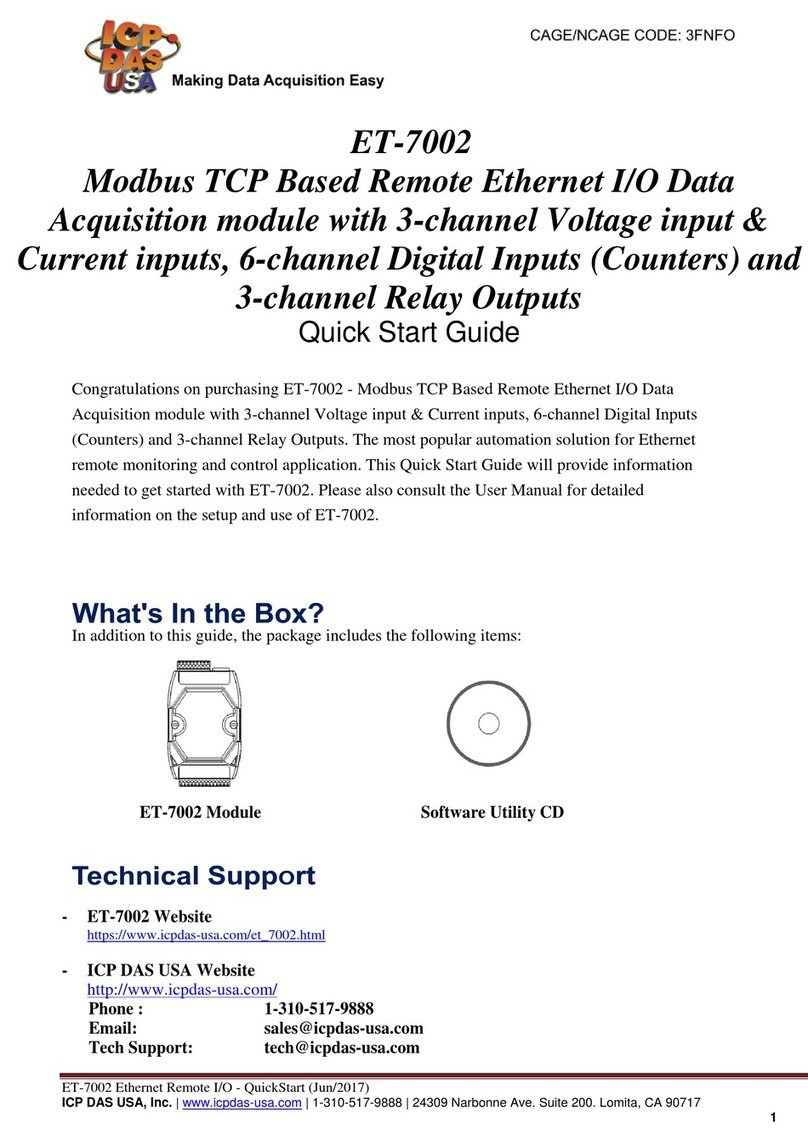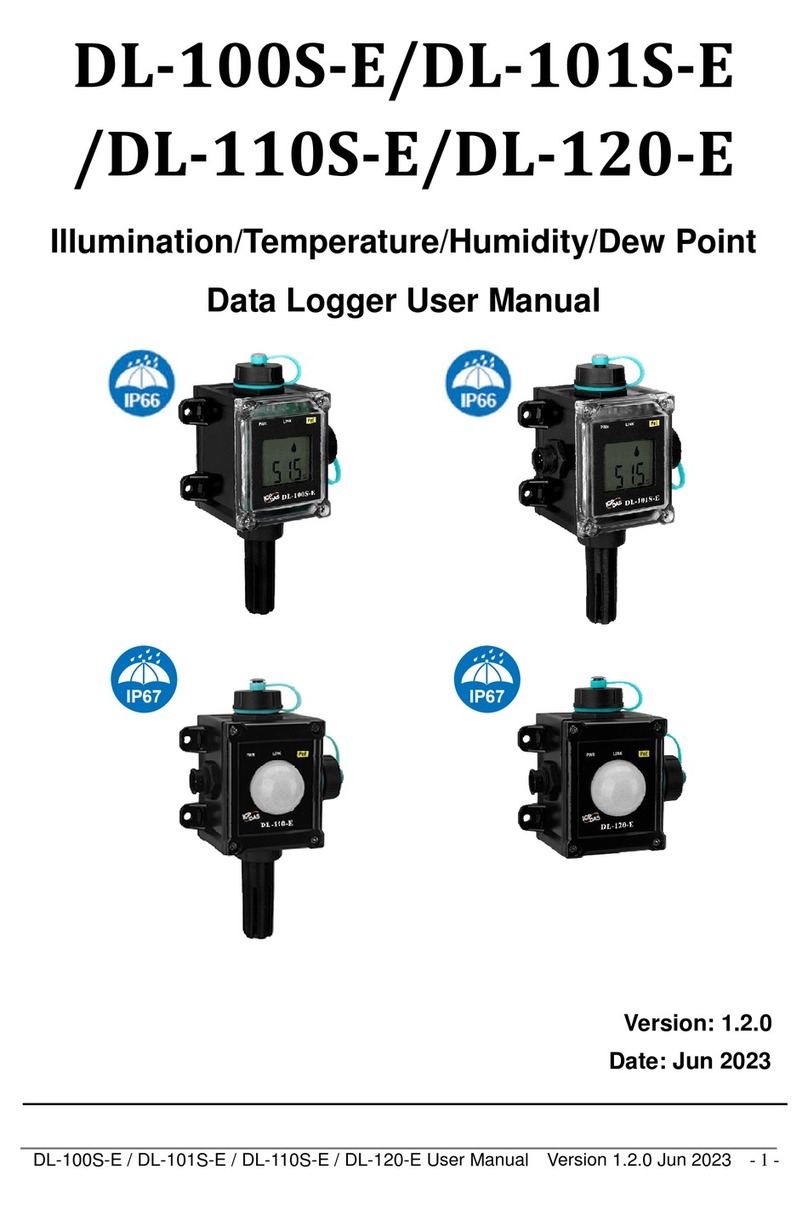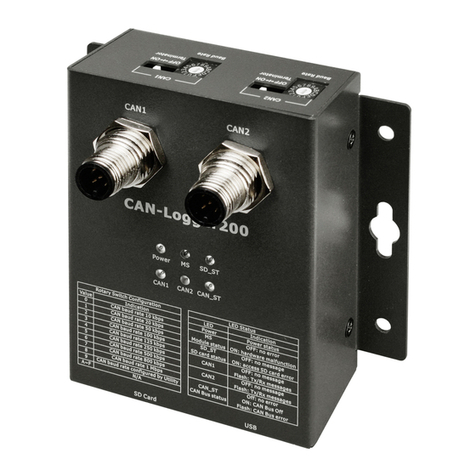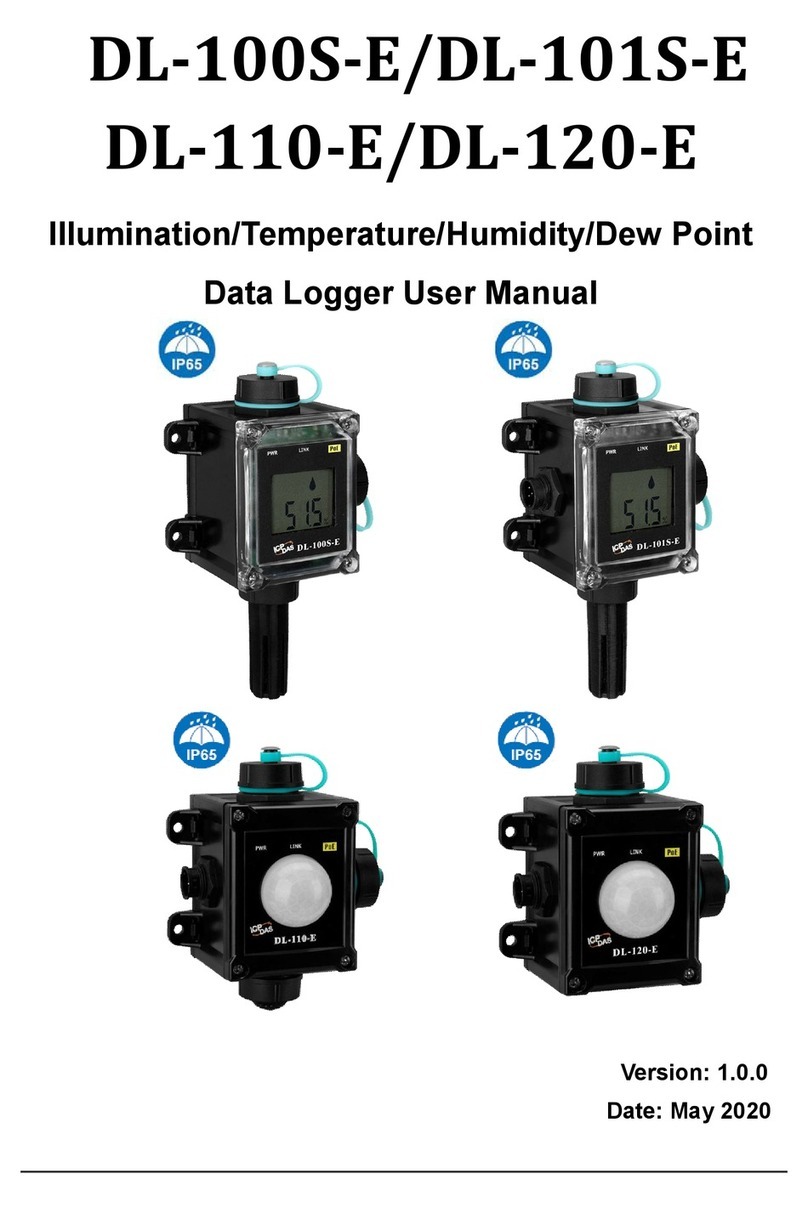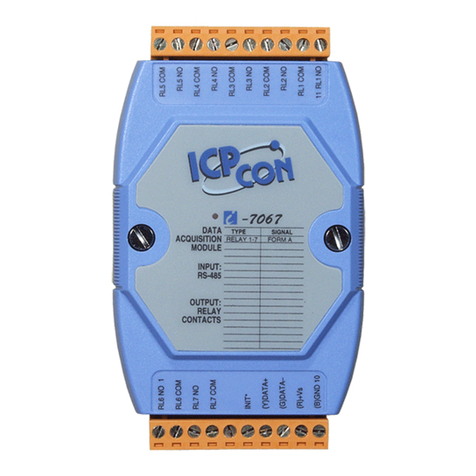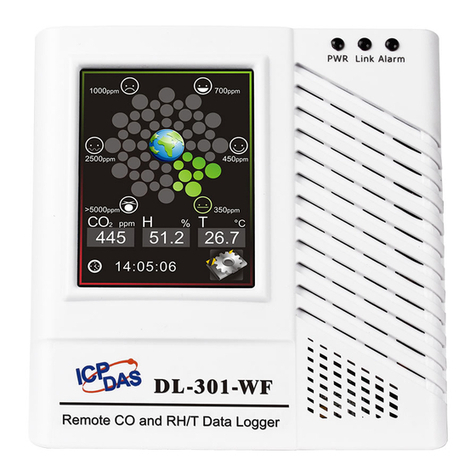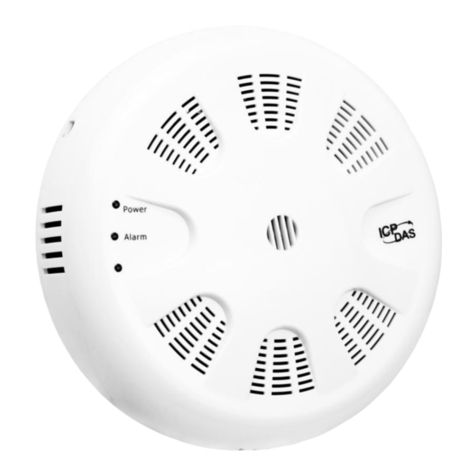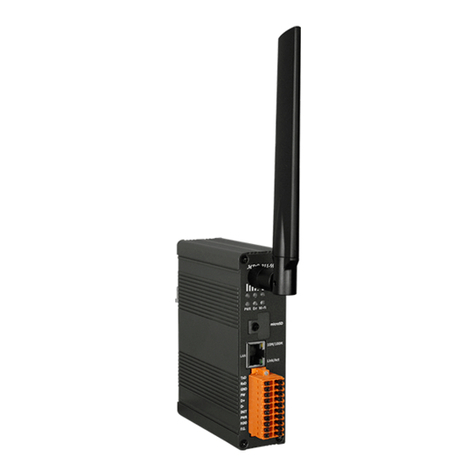
Table of Contents
Table of Contents .............................................................................................................................................. 3
1. Introduction............................................................................................................................................... 5
1.1. Features ........................................................................................................................................... 6
1.2. Specification................................................................................................................................... 11
1.2.1. System Specification.................................................................................................................. 11
1.2.2. I/O Specification ........................................................................................................................ 12
1.3. Overview ........................................................................................................................................ 13
1.4. Block Diagram ................................................................................................................................ 15
1.5. Dimension ...................................................................................................................................... 16
2. Getting Started ........................................................................................................................................ 17
2.1. Mounting the PET-AR400............................................................................................................... 18
2.2. Deploying a Basic PET-AR400 System ............................................................................................ 19
2.3. Installing the HSDAQ Utility ........................................................................................................... 21
2.4. Assigning an IP address.................................................................................................................. 22
3. Operation................................................................................................................................................. 25
3.1. Continuous Acquisition .................................................................................................................. 26
3.2. N-Sample Acquisition..................................................................................................................... 27
4. Tools and SDKs......................................................................................................................................... 28
4.1. LabVIEW ......................................................................................................................................... 28
4.2. HSDAQ Utility ................................................................................................................................. 29
4.3. PET-AR400 SDKs ............................................................................................................................. 30
5. Web Applications..................................................................................................................................... 31
5.1. Overview ........................................................................................................................................ 33
5.2. Configuration ................................................................................................................................. 34
5.2.1. Network Settings ....................................................................................................................... 34
5.2.2. Basic Settings ............................................................................................................................. 35
